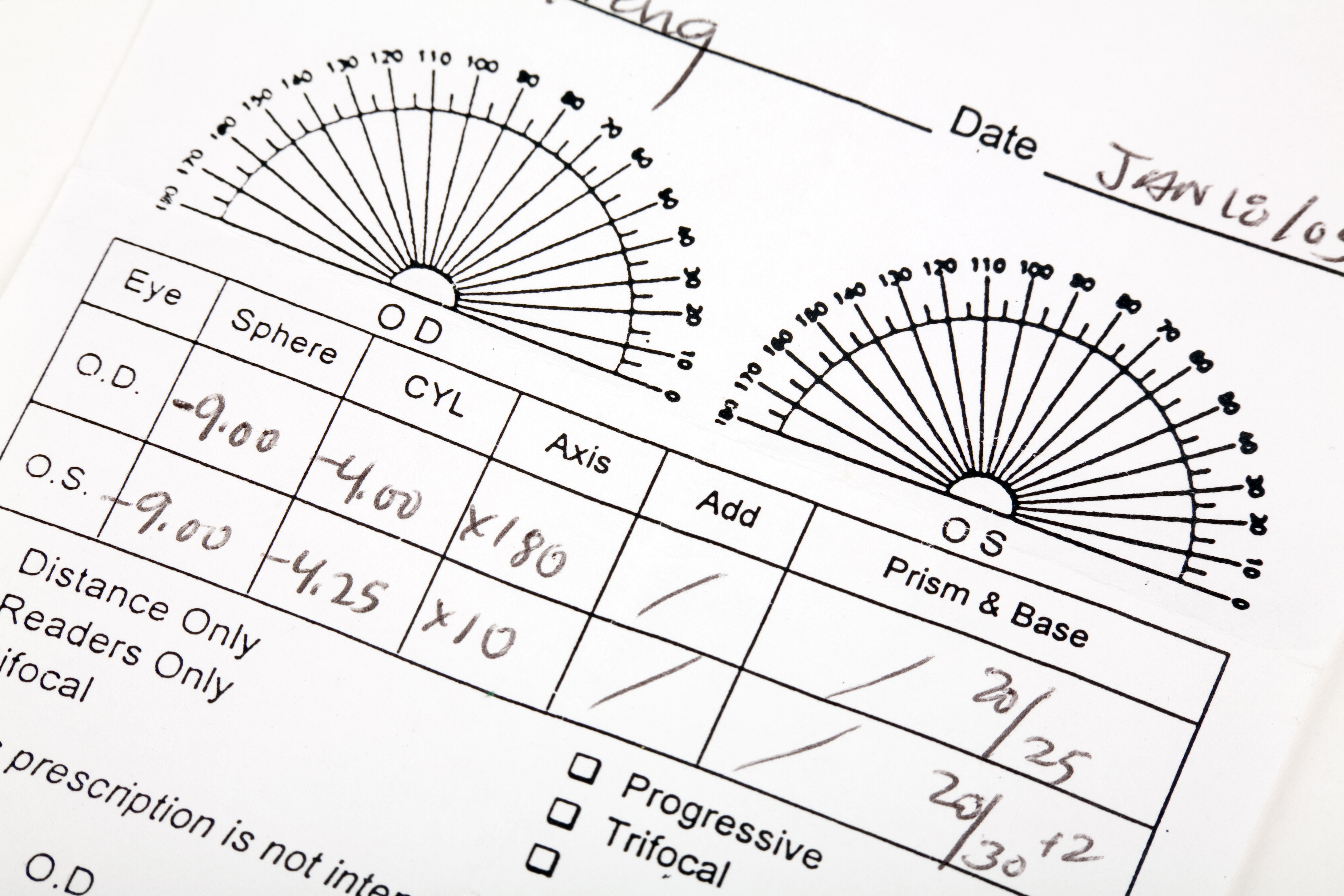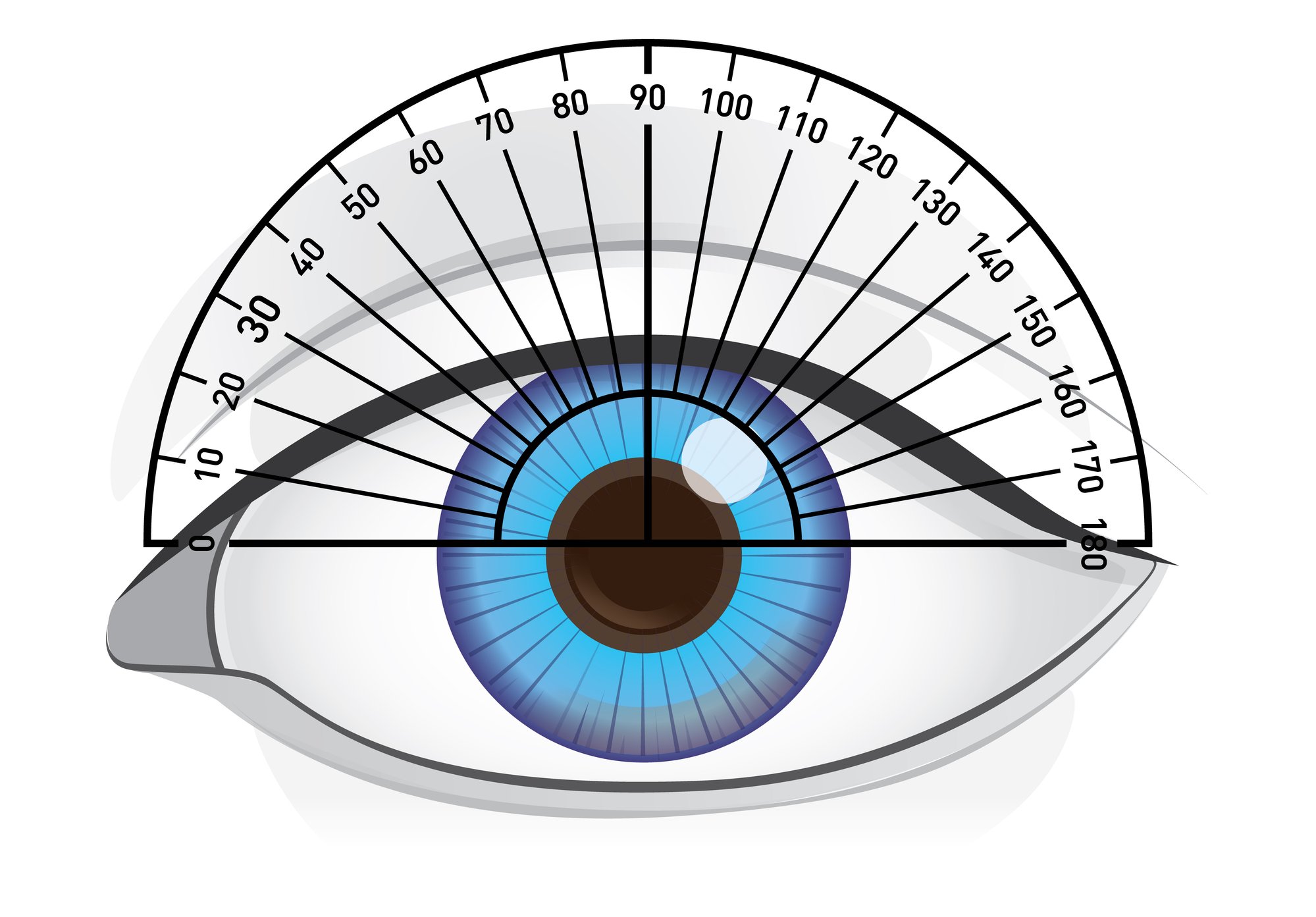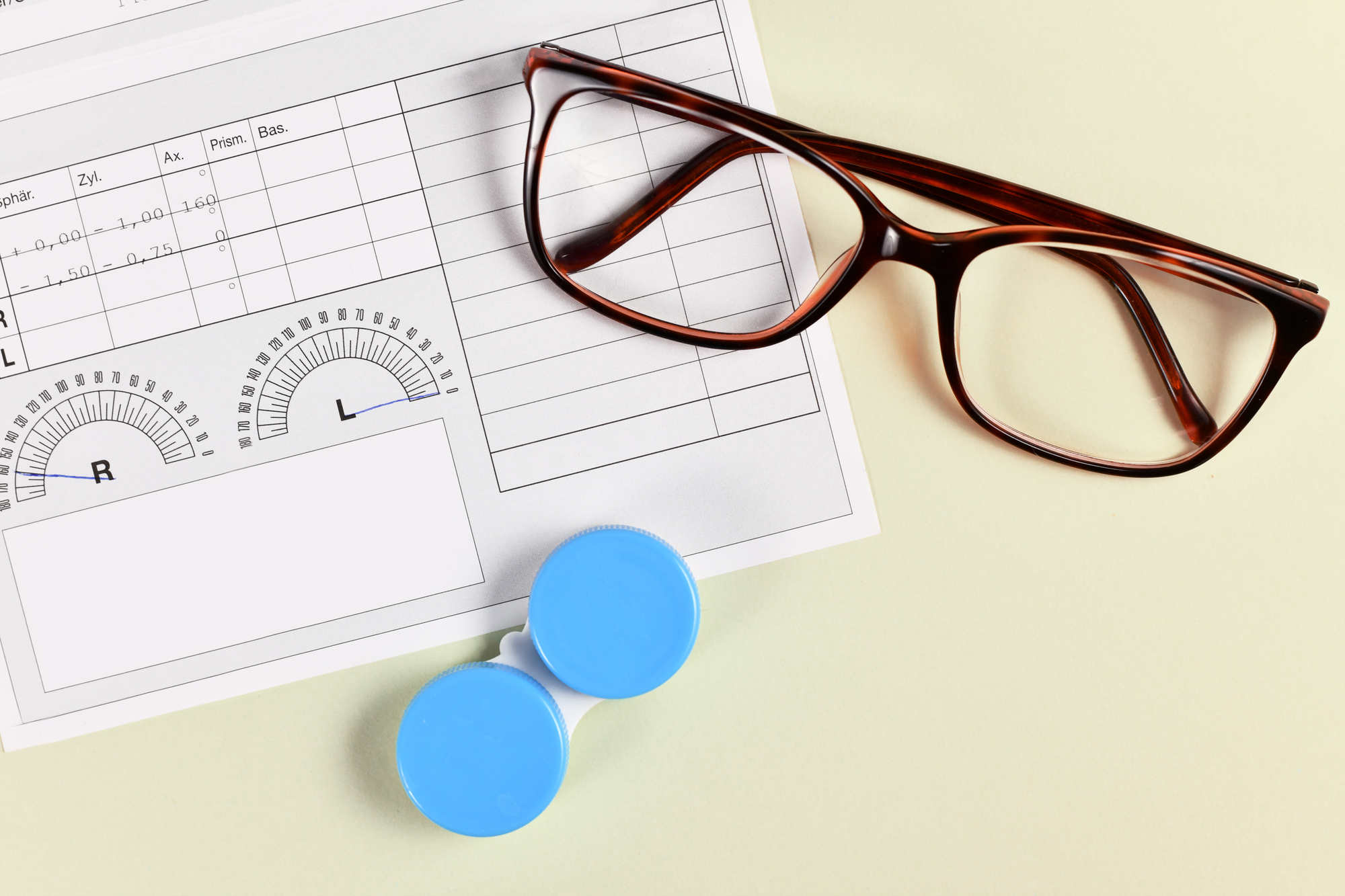Updated on October 9, 2024
How to Read Your Eyeglass Prescription


Vision Center is funded by our readers. We may earn commissions if you purchase something via one of our links.
What Is an Eyeglass Prescription?
During an eye exam, your doctor will assess your eye health and conduct tests to determine if you have any refractive errors. If you do, they’ll likely recommend vision correction.
Some common refractive errors that require treatment include:
Depending on the diagnosis, your doctor will give you an eyeglasses prescription containing diagrams and numeric values.

Where to Buy Glasses + Contacts
Best Overall: Warby Parker
Fastest Delivery: EyeBuyDirect
Also Great: Liingo
Best Place to Buy Contacts: Discount Contacts
How Do Contact Lens Prescriptions Differ From Glasses Prescriptions?
Because contact and eyeglass lenses perform the same function for the eyes, many people believe their prescriptions would be the same. However, this isn’t the case.
Because glasses sit about 12 mm from the eyes, while contact lenses sit directly on the eye’s surface, the distance between the lenses can drastically change prescription strength.
Specifications Unique to Contact Lens Prescriptions
Additionally, because contact lenses sit directly on the eyes, prescriptions require further specifications that glasses prescriptions don’t. These include:
- Lens diameter. The lens diameter specifies the lens size to ensure optimal comfort and vision. Accurate measurements and fitting exams are necessary for customized lens sizes.
- Base Curve. The base curve is the curvature of the back lens, determined by the shape of your cornea. It’s crucial in ensuring the proper fit and stability of your lens.
- Lens Brand. Each brand uses different lens materials, determining breathability and comfort.
- Expiration Date. Contact lenses and glasses prescriptions typically have different expiration dates. Contact lens prescriptions usually expire before glasses prescriptions do.
Eyeglasses Prescription Abbreviations Explained
Your eyeglasses prescription contains crucial information about your vision. Remember that your eyeglasses prescription isn’t the same as your contact lens prescription.
OD & OS
You’ll typically find the abbreviations OD and OS on the left side of your prescription. These are abbreviations for the Latin terms oculus dexter and oculus sinister. OD refers to the right eye, while OS refers to the left eye.
You may also notice a column labeled OU, which means oculus uterque, or both eyes. Some eye doctors have replaced OD with RE (right eye) and OS with LE (left eye).
SPH
Sphere, or SPH, is an indicator of the lens strength required to correct nearsightedness, farsightedness, or both. This numerical abbreviation represents the lens power you need to address these vision impairments.
The term "sphere" emphasizes that these lenses provide spherical correction, equal in all eye meridians.

How to Interpret SPH Values on Your Prescription
Here’s what to know about SPH on your eyeglasses prescription:
- Meridians of the eye are imaginary lines that pass through the pupil's center, measured by a protractor superimposed over the eye's surface.
- SPH is measured in diopters, the unit of measurement for the lens's refractive (light-bending) power.
- If the number is negative (–), the prescription corrects nearsightedness.
- If the number is positive (+), it corrects farsightedness.
- A number between +/-.025 to +/-2.00 is considered mild, a number between +/-2.25 to +/- 5.00 is considered moderate, and a number greater than +/- 5.00 is considered severe.
CYL
Cylinder, abbreviated CYL and diopters in measurement, indicates the lens power you need for astigmatism correction. Astigmatism is an uneven curvature of the eye’s cornea or lens.
If this column is blank, you have no astigmatism. A minus sign (–) means your prescription corrects nearsighted astigmatism, while a plus sign (+) corrects farsighted astigmatism. Cylinder correction power always follows sphere power in an eyeglass prescription.
Axis
The axis number on your corrective lens signifies the angle of the cylinder's placement, helping correct astigmatism. Including the axis when a prescription includes cylinder power (CYL) is crucial.
The axis value highlights the orientation angle in degrees, ranging from 0 to 180. When writing in freehand, people often precede the value with an X.
Add
Add represents Addition. It indicates the magnifying power applied to the bottom part of bifocal, multifocal, or progressive lenses that correct presbyopia (age-related farsightedness).
This number is always positive, even if it doesn’t have a plus sign (+) in front of it. The value is typically the same for both eyes and ranges from +0.75 to +3.00.
Prism
Prism correction in eyeglasses helps those with eye alignment problems. These conditions include diplopia (double vision) and strabismus (eye turn).
The prism number measures in diopters. It also displays as a decimal (0.5) or fraction (½). Two letters follow the latter, indicating the direction of the base (the thickest edge) of the prism. These letters are:
- BU. Base up
- BD. Base down
- BI. Base in
- BO. Base out

Additional Eye Prescription Information
Your optometrist or ophthalmologist may include additional information regarding your eye health on your prescription. These usually refer to specific corrective lens recommendations, such as:
- Multifocal Lenses. Multifocal lenses have multiple focusing powers. This improves your vision at different distances. Bifocal and trifocal glasses feature a sharp edge between the close-up and far-off part of the prescription.
- Progressive Lenses. Progressive lenses correct near, far, and middle vision with a seamless transition in magnification from top to bottom.
- Anti-reflective Coating. Anti-reflective coating has a special coating on the lenses that reduces glare when light hits the lenses. Reduced glare leads to better visual clarity and less eye fatigue.
- Photochromic Lenses. Photochromic lenses stay transparent indoors but darken when exposed to ultraviolet light from the sun.
Some eyeglass prescriptions may require a PD (pupillary distance) measurement.
What Should I Expect During an Eye Exam?
During an eye exam, your provider will perform several tests to check your vision and evaluate your eye health.
Standard tests during an eye exam can vary but typically include:
- Visual Acuity. Visual acuity refers to clarity or sharpness of vision. This test tells your provider if you need glasses and helps find the right corrective lens prescription.
- Visual Field. Your provider will check your peripheral vision by holding up a finger or object and moving it from one side of your face to another. This test tells them about your full range of vision.
- Color Vision Test. Your provider will show you images with colored dots. Subtle color differences in the dots will reveal numbers. People with color blindness may not be able to see the numbers.
- Corneal Topography. This test shows a curvature of the cornea to fit contact lenses. It also prepares for corneal transplants and other eye surgery.
- Ophthalmoscopy. Your provider may use eyedrops to dilate your pupils. They will shine a light in your eye to examine your cornea, lens, retina, optic nerve, and surrounding blood vessels.
- Tonometry. Your provider will use a tonometer to blow a small puff of air onto the cornea. It's a reliable method for detecting glaucoma, as increased pressure is a key indicator of this condition.8
Summary
An eye prescription specifies the values needed for your corrective eyewear. Your prescription will usually contain the following information:
- OD & OS
- SPH
- CYL
- Axis
- Add
- Prism
A prescription for glasses is different from a contact lens prescription. Your optometrist or ophthalmologist will perform an eye examination to determine the necessary values to correct your eyesight and assess your eye health.
In this article
7 sources cited
Updated on October 9, 2024
Updated on October 9, 2024
About Our Contributors
Michael, a lead content writer for Vision Center, brings eight years of experience in medical copywriting and advanced research methodologies. With a B.A. in English and Linguistics from the University at Buffalo, he specializes in creating detailed, evidence-based content, particularly in the field of eye health, to educate readers and guide them toward appropriate treatments.
Dr. Melody Huang is an optometrist and freelance health writer with a passion for educating people about eye health. With her unique blend of clinical expertise and writing skills, Dr. Huang seeks to guide individuals towards healthier and happier lives. Her interests extend to Eastern medicine and integrative healthcare approaches. Outside of work, she enjoys exploring new skincare products, experimenting with food recipes, and spending time with her adopted cats.






